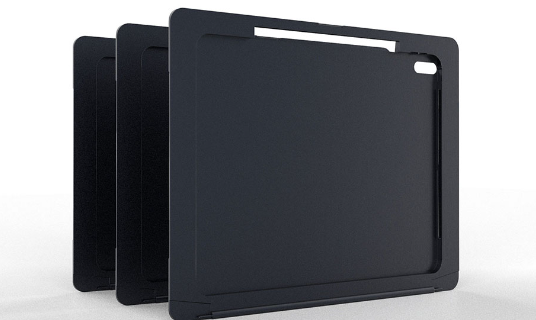The following are the general steps for CNC turning of shell parts processing technology and the parallel network features of the process design of the customized case processing.

CNC Turning Steps of Case Processing Technology
1. Read the part drawing and processing requirements to determine the dimensions, shape, material, and tolerances of the part.
2. Select appropriate cutting tools, tool holders, and fixtures based on the processing requirements.
3. Set up the CNC lathe machine and load the appropriate cutting tools and fixtures.
4. Set the workpiece into the machine and properly align it using a centering device or other methods.
5. Write the CNC turning program using appropriate software, such as G-code or CAM software, based on the part drawing and processing requirements.
6. Test the program on a trial workpiece to ensure that the program is correct and the cutting parameters are appropriate.
7. Run the CNC lathe machine with the workpiece and program, monitoring the process to ensure that it is running correctly.
8. Make any necessary adjustments to the cutting parameters or machine settings to ensure that the process is running smoothly and the desired part quality is achieved.
9. Remove the finished part from the machine, and perform any necessary post-processing, such as deburring or polishing, to achieve the final desired finish.
10. Inspect the finished part to ensure that it meets the required specifications and tolerances.
The Parallel Network Features of the Process Design of the Customized Case Processing
The machining constraints of case quality include operation process constraints, mechanical constraints, tool constraints, machining condition constraints and acceptance constraints. The machine tool constraint type, tool constraint type and machining condition constraint type accept constraints are created according to the design requirements of the part. For surface quality, it is mainly used to detect the parts processed with surface roughness constraints. Whether the surface quality is qualified or not. The operation process constraint is to design the processing process according to the customized processing requirements of the shell. There are many aspects of engineering design. Process design based on parallel network features is an efficient and feasible method.
Design of machining technology based on parallel network features the surface quality of parallel network parts for case customized machining process design is not only related to surface roughness, residual stress, work hardening, etc. It is directly related to the machining accuracy of parts, especially the shape accuracy. Therefore, each processing method selected in the process planning must match the surface quality of the part processing with the processing accuracy. The selection method of traditional manufacturing process is turning, milling, planer and polishing. Due to the different economic processing accuracy of the machine tool selected for each processing method, it is necessary to design the part processing process according to the above path for parts with specific accuracy requirements. It can be seen that due to the waste of machines, fixtures, tools and flea balls, the processing cost increases the parallel network of customized processing process design for the case. In addition to the unidirectional parallel network for the two processes of blank checking out and part checking in, the network formed by the processing process of parts is a bidirectional parallel network. According to the economic machining accuracy, the same type of machine tools are divided into grades, and a parallel network system consisting of rough machining network, semi-finish machining network and finish machining network is obtained through interconnection.
According to the design characteristics of parts, the feature-based machining process design expert system adds the part machining process design to the part process database through the blackboard. Search the process parallel network, and determine the process parameters for calculating the time of each operation and each routing according to the feature requirements of the parts. According to specific optimization criteria, such as maximum productivity. The guidelines or minimum cost standards determine the best process route for processing parts.